Yellow Echinacea Care – Learn About Growing Yellow Coneflowers
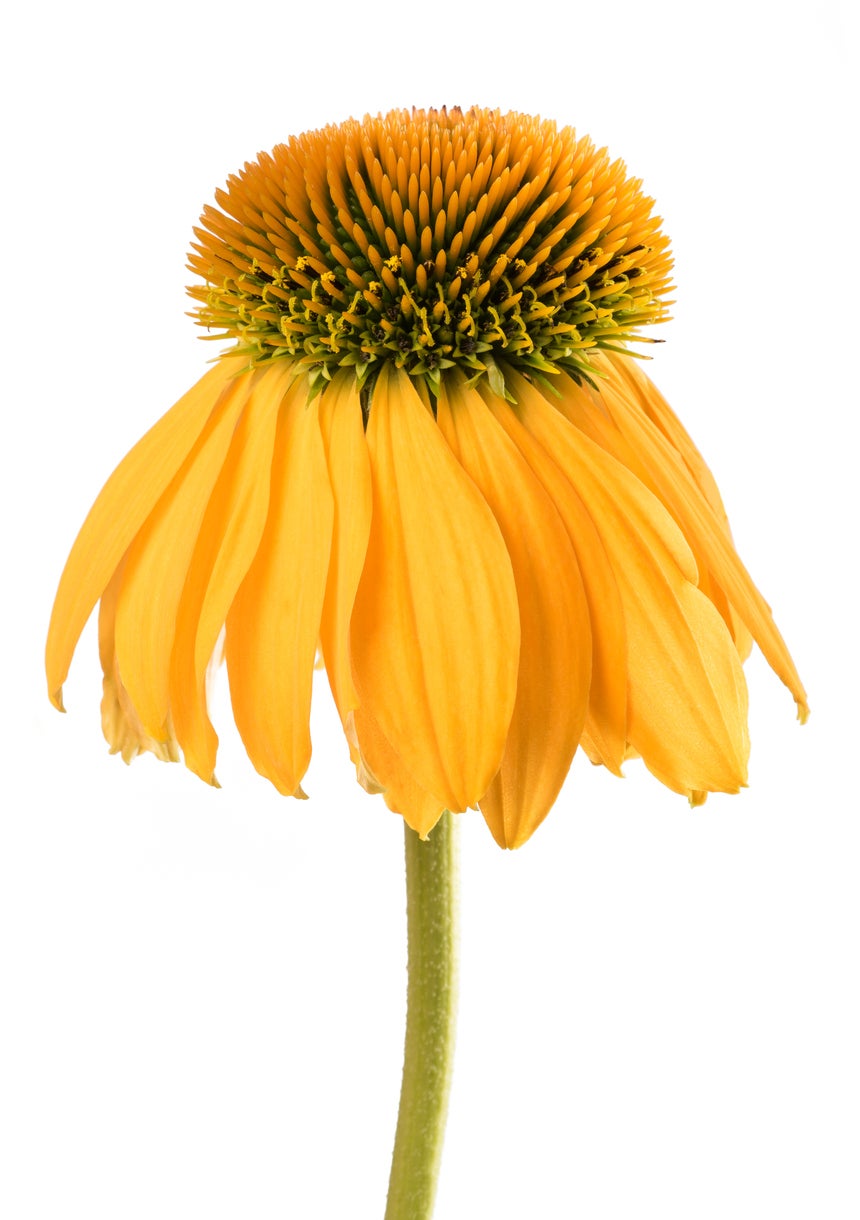

Native to North America, coneflower, or echinacea plants, have been cultivated as beautiful and useful garden plants throughout America and Europe since the 1700s. Even before this, however, echinacea plants were highly revered by Native Americans as an important herb. In fact, echinacea was the number one “go-to” healing plant of the Plains Indians. It was used to treat coughs, colds, sore throats, toothaches, yeast infections, skin ailments, insect and snake bites, relieve depression, treat bacterial and viral infections, and as a general pain reliever. Echinacea flowers were also used in dying textiles to create rich green and brown colors.
Of the approximately ten species of echinacea that grow natively throughout the United States and into Canada, most are easily recognizable, bearing the telltale, prominent, brown to black, seed-producing center cone with bright purple to pink petals that arch down from the center. However, one native variety, known as Echinacea paradoxa, stands out from other native echinacea plants. The “paradox” indicated in this variety’s name comes from the fact that it is the only native echinacea to produce yellow petals rather than the traditional pink to purple colored petals of the most naturally occurring species.
About Yellow Coneflowers
Echinacea paradoxa is commonly known as yellow echinacea or yellow coneflower. While today you can visit any garden center and pick up coneflower plants that produce yellow, red, lime green, white, orange, and many other colored petals, these varieties are hybrids, and most naturally occurring echinacea plants bear purple to pink petals.
The exception is Echinacea paradoxa, which bears yellow petals atop stiff, sturdy 24- to 36-inch (61-91.5 cm.) tall stems. Yellow coneflower grows as a hardy perennial in U.S. zones 3-9 but commonly occurs naturally in regions of the Ozarks, such as Missouri, Arkansas, Oklahoma, and Texas. In the right conditions, they can naturalize into large clumps or colonies of yellow coneflower plants. Their seeds will also self-sow readily in ideal locations.
How to Grow Yellow Coneflower
The ideal conditions for growing yellow coneflowers include full sun to part shade and alkaline soil. Yellow coneflower plants are not too picky when it comes to soil moisture. Their deep taproot allows them to tolerate wet or dry soils, pulling up water, oxygen, and nutrients that are hidden deep within the soil, making them excellent additions to native prairie beds, wildflower bioswales, and rain gardens. However, the soil pH may need to be adjusted if it is naturally acidic.
Not only is yellow echinacea tolerant of challenging soil conditions, but they are also rarely bothered by deer or rabbits. Plant yellow coneflower plants as natural borders to deter animal and rodent pests.
As native wildflowers, growing yellow coneflowers in U.S. gardens benefits native pollinators. The plants bloom from early summer through fall, providing reliable nectar for many native bees and butterflies. When spent blooms are allowed to go to seed, they provide food for native songbirds, such as goldfinches and cardinals.
Gardening tips, videos, info and more delivered right to your inbox!
Sign up for the Gardening Know How newsletter today and receive a free copy of our e-book "How to Grow Delicious Tomatoes".
Yellow echinacea care is minimal and self-sowing can be kept in check with regular deadheading. Their blooms make excellent, long-lasting cut flowers too.
-
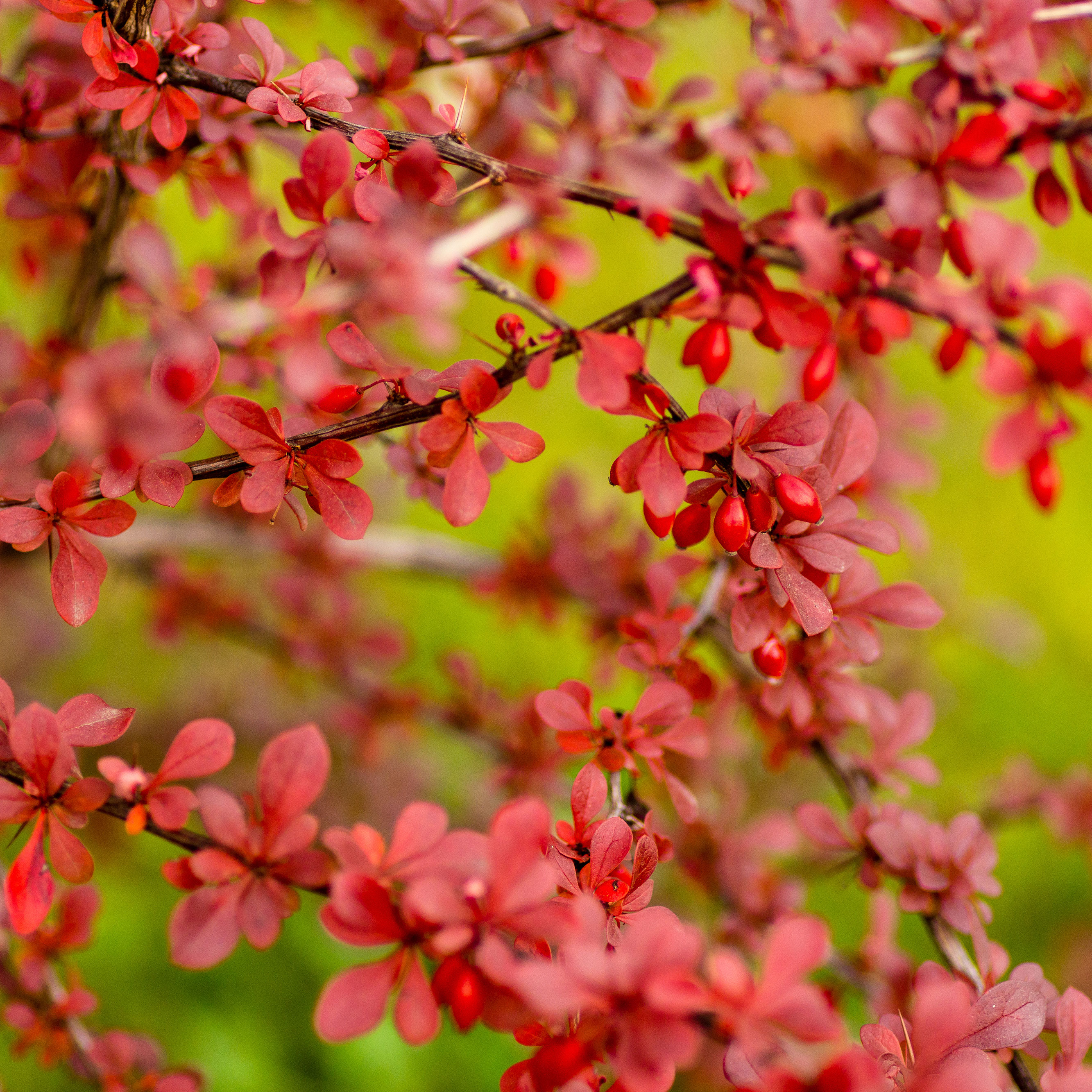 Which Invasive Shrubs Should You Avoid Growing? Plus, Best Natives To Plant Instead
Which Invasive Shrubs Should You Avoid Growing? Plus, Best Natives To Plant InsteadCertain plants may look lovely but they can wreak havoc to local areas and native wildlife. Here are the key invasive shrubs to avoid – with recommendations on gorgeous native alternatives to try
-
 What Not To Plant With Tomatoes: 8 Bad Neighbors That Could Ruin Your Harvest
What Not To Plant With Tomatoes: 8 Bad Neighbors That Could Ruin Your HarvestNot all companion plants are beneficial – some can sabotage your tomatoes. Find out which ones to keep at a safe distance in the garden.
-
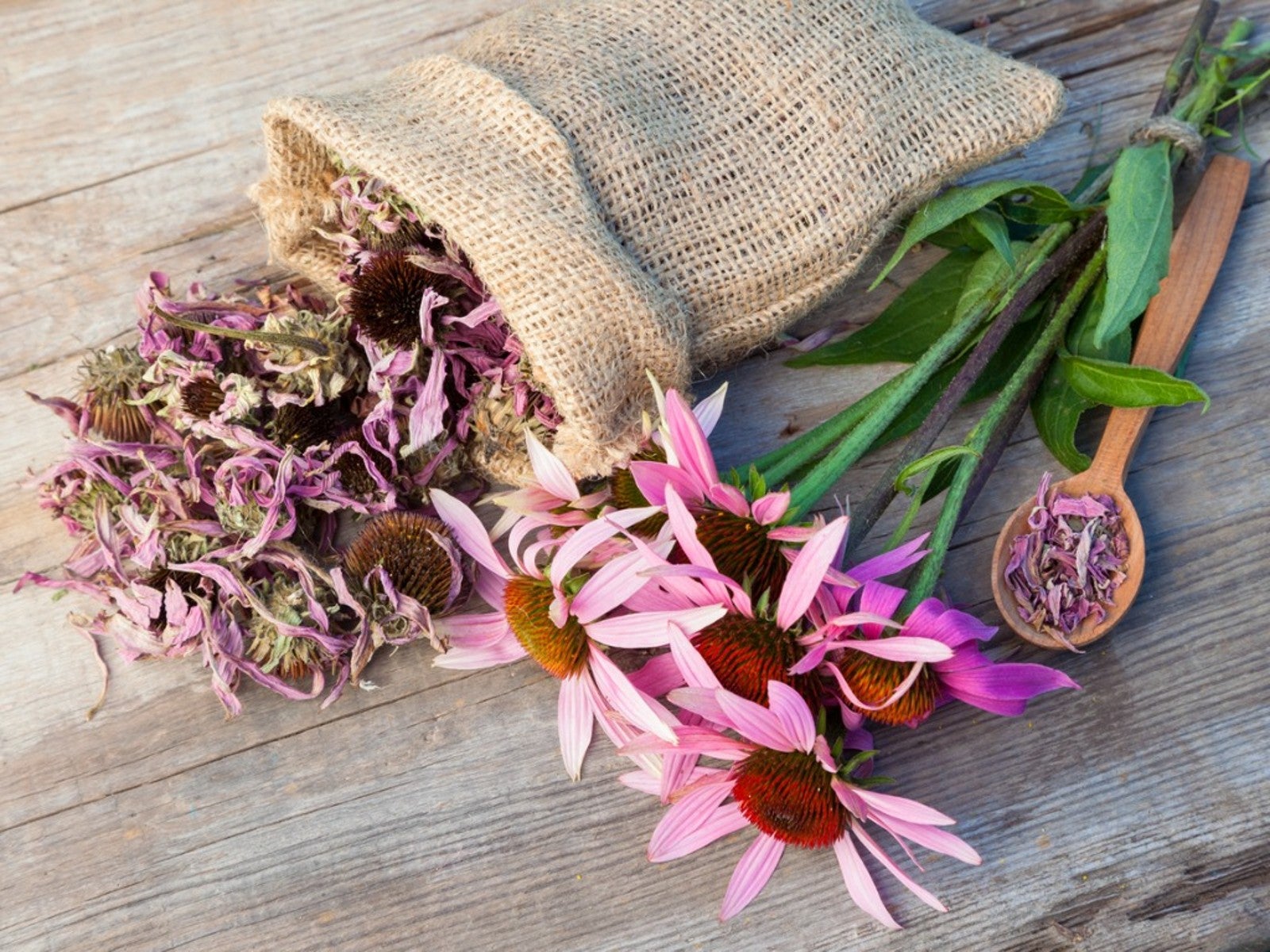 How To Harvest Echinacea Flowers, Seeds And Roots
How To Harvest Echinacea Flowers, Seeds And RootsThe entire echinacea plant can be harvested and used for medicine and health. Learn here how to harvest your pretty coneflowers, from seeds to roots.
-
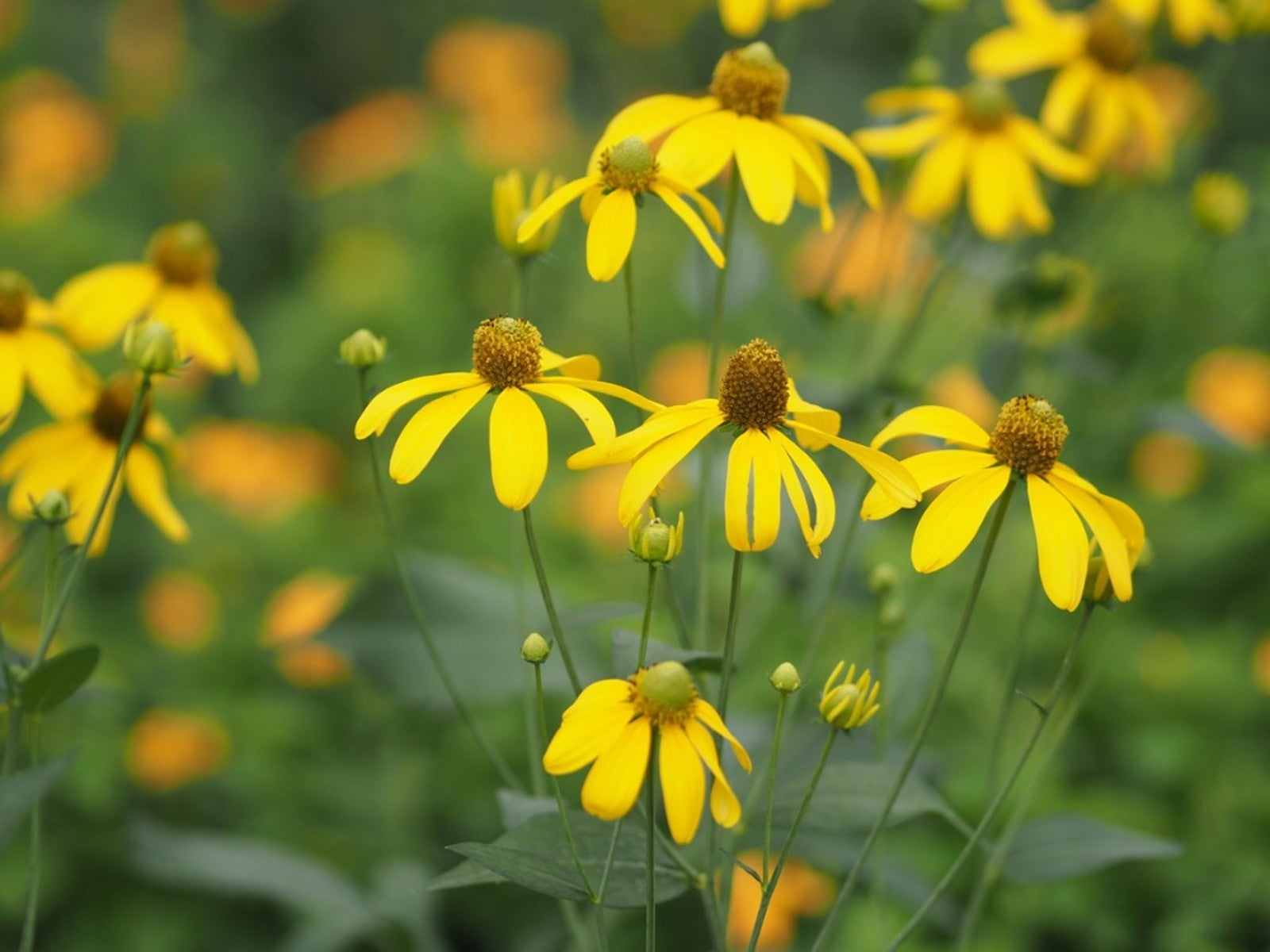 Growing Cutleaf Coneflower - Is Cutleaf Coneflower A Weed
Growing Cutleaf Coneflower - Is Cutleaf Coneflower A WeedCutleaf coneflower is a native wildflower, but that doesn't stop some from finding it weedy. Click here for more information.
-
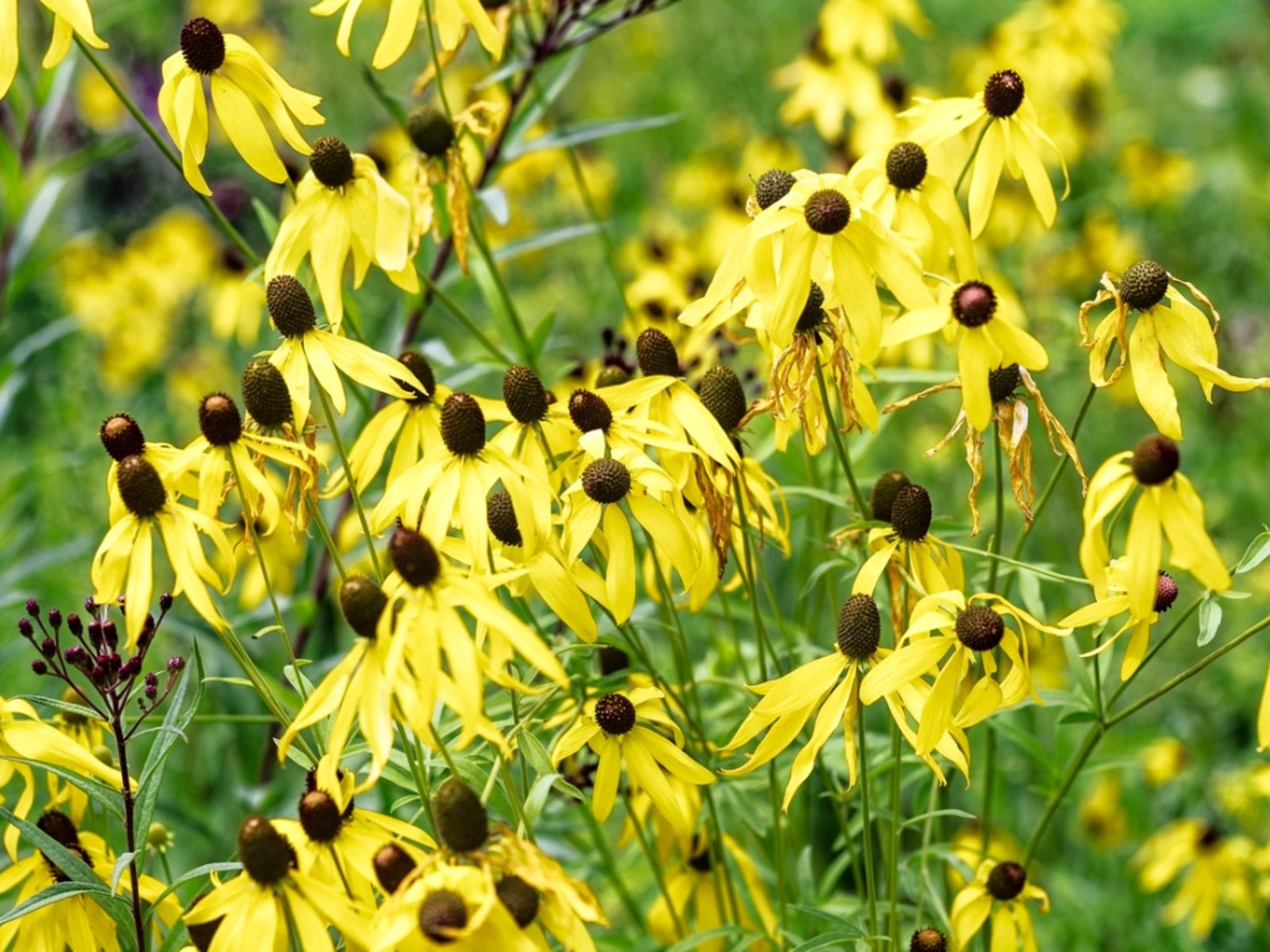 What Is A Gray Headed Coneflower Plant - Care For Gray Headed Coneflowers
What Is A Gray Headed Coneflower Plant - Care For Gray Headed ConeflowersThe gray headed coneflower plant goes by many names and is a native wildflower. Click here for more information on this perennial plant.
-
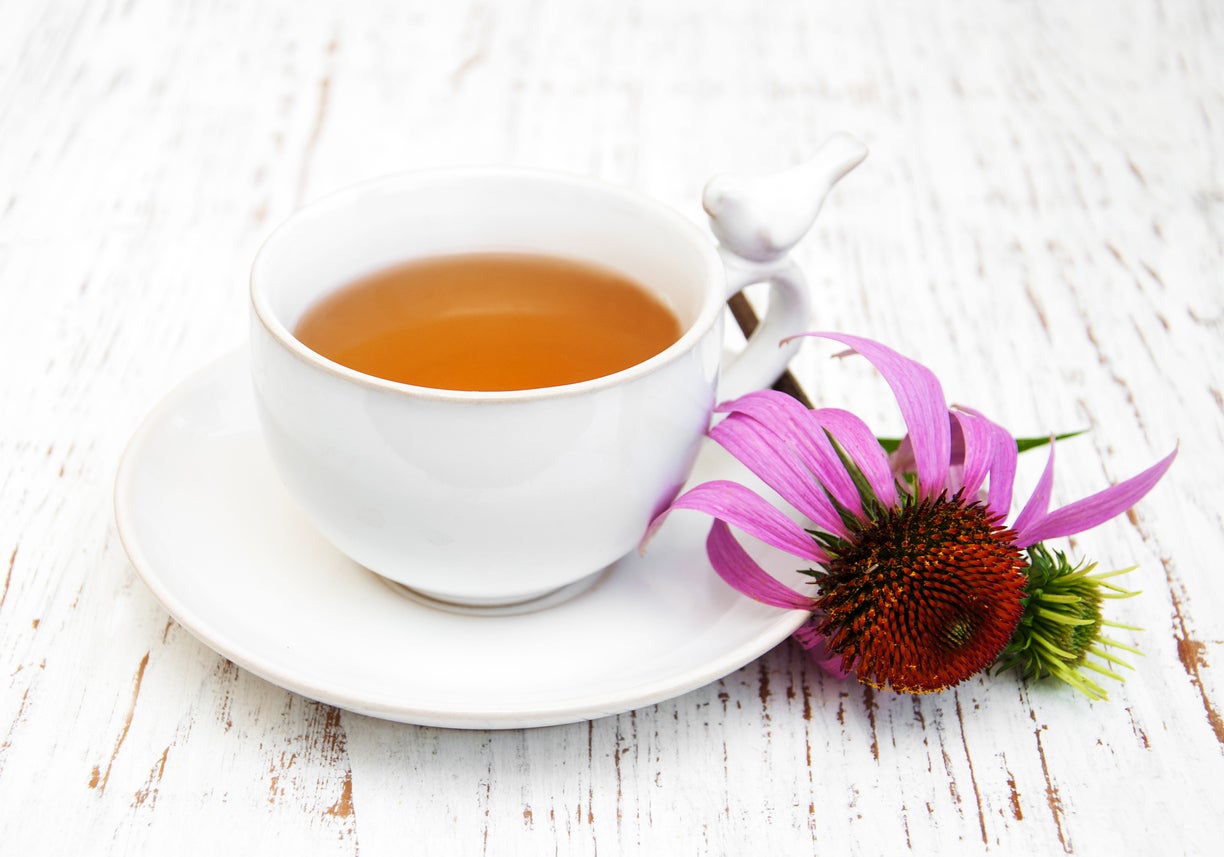 Coneflower Herbal Uses – Growing Echinacea Plants As Herbs
Coneflower Herbal Uses – Growing Echinacea Plants As HerbsConeflowers are pretty plants with big, bright flowers that attract butterflies and songbirds to the garden. But people have also been using coneflowers medicinally for many, many years. Click this article for more information on coneflower herbal uses.
-
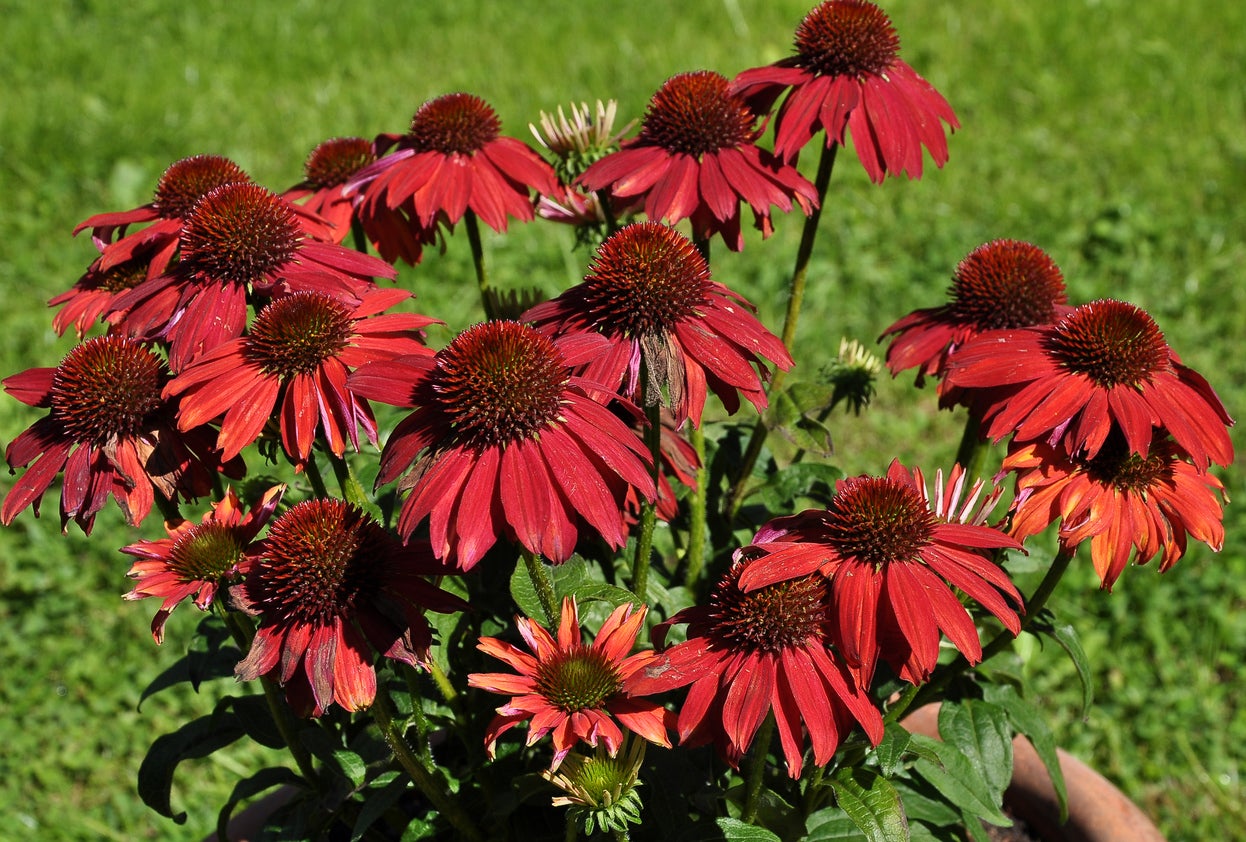 Types Of Coneflower – Learn About Different Kinds Of Coneflower Plant
Types Of Coneflower – Learn About Different Kinds Of Coneflower Plant -
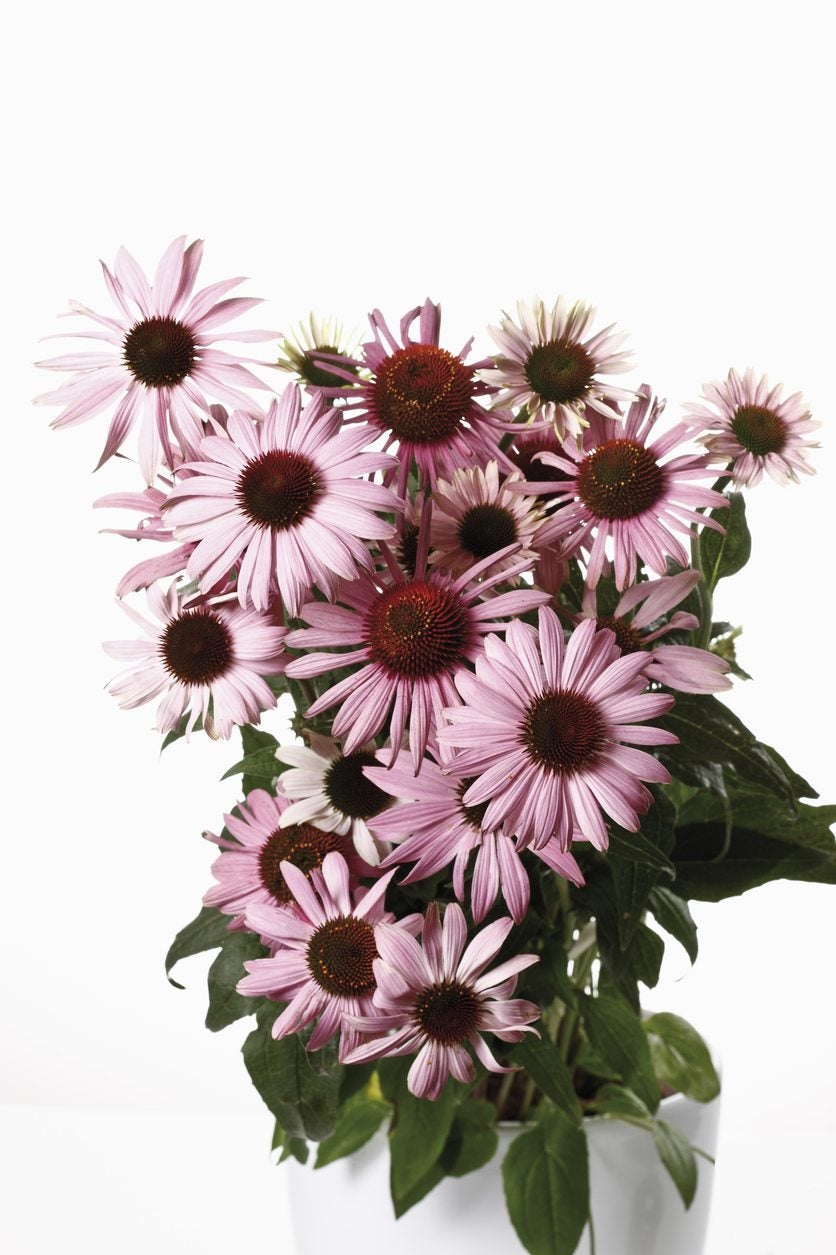 Coneflowers In A Pot – Tips On Caring For Container Grown Coneflowers
Coneflowers In A Pot – Tips On Caring For Container Grown ConeflowersConeflowers are very popular, colorful, flowering perennials. But what about containers? If you don't have the space for a garden bed, will coneflowers grow just as well on a patio or balcony? Click this article to learn more about how to grow coneflowers in a pot.
-
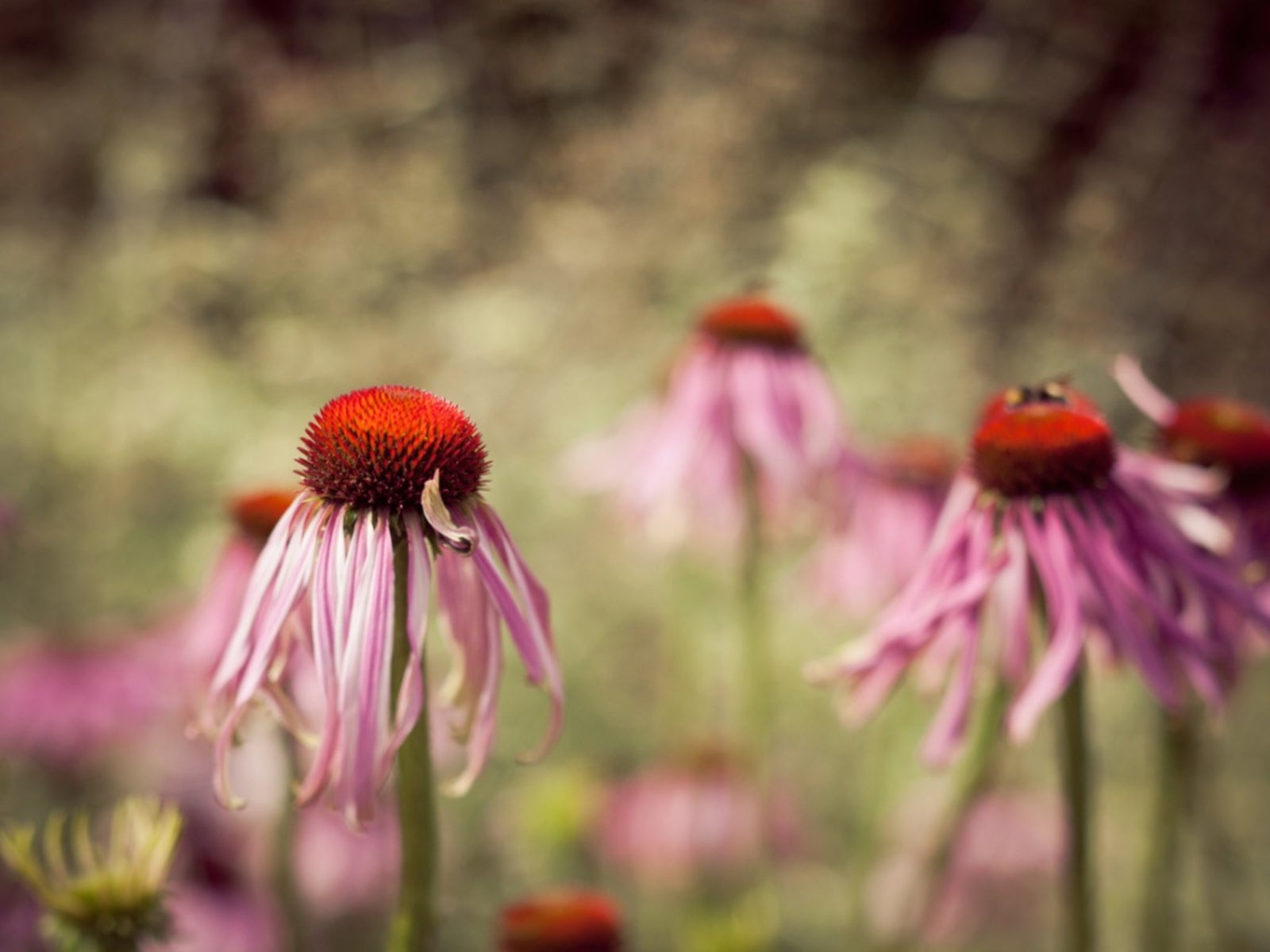 Echinacea Deadheading: Do You Need To Deadhead Coneflowers
Echinacea Deadheading: Do You Need To Deadhead ConeflowersAlso known as purple coneflower, Echinacea has grown wildly and contently for hundreds of years without any maintenance. When I suggest coneflowers to a customer, I am often asked "do you need to deadhead coneflowers?" Click here for the answer.
-
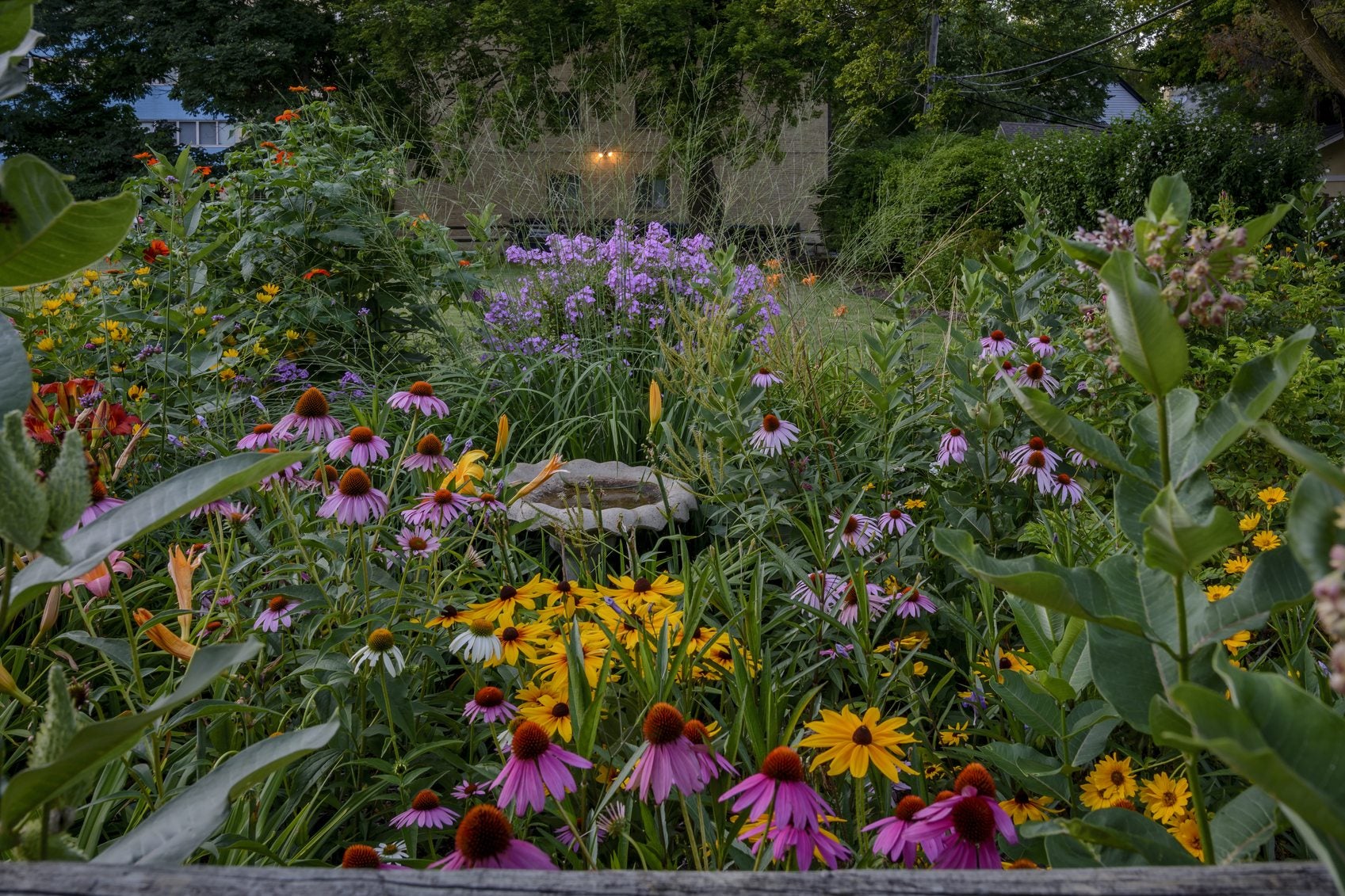 Companion Plants For Echinacea: Learn What To Plant With Coneflowers
Companion Plants For Echinacea: Learn What To Plant With ConeflowersCompanion plants for Echinacea should have similar cultural requirements and can create a bed with attractive blooms for any beneficial insect. To create a lively color bed, choose Echinacea companions carefully. This article will help get you started.